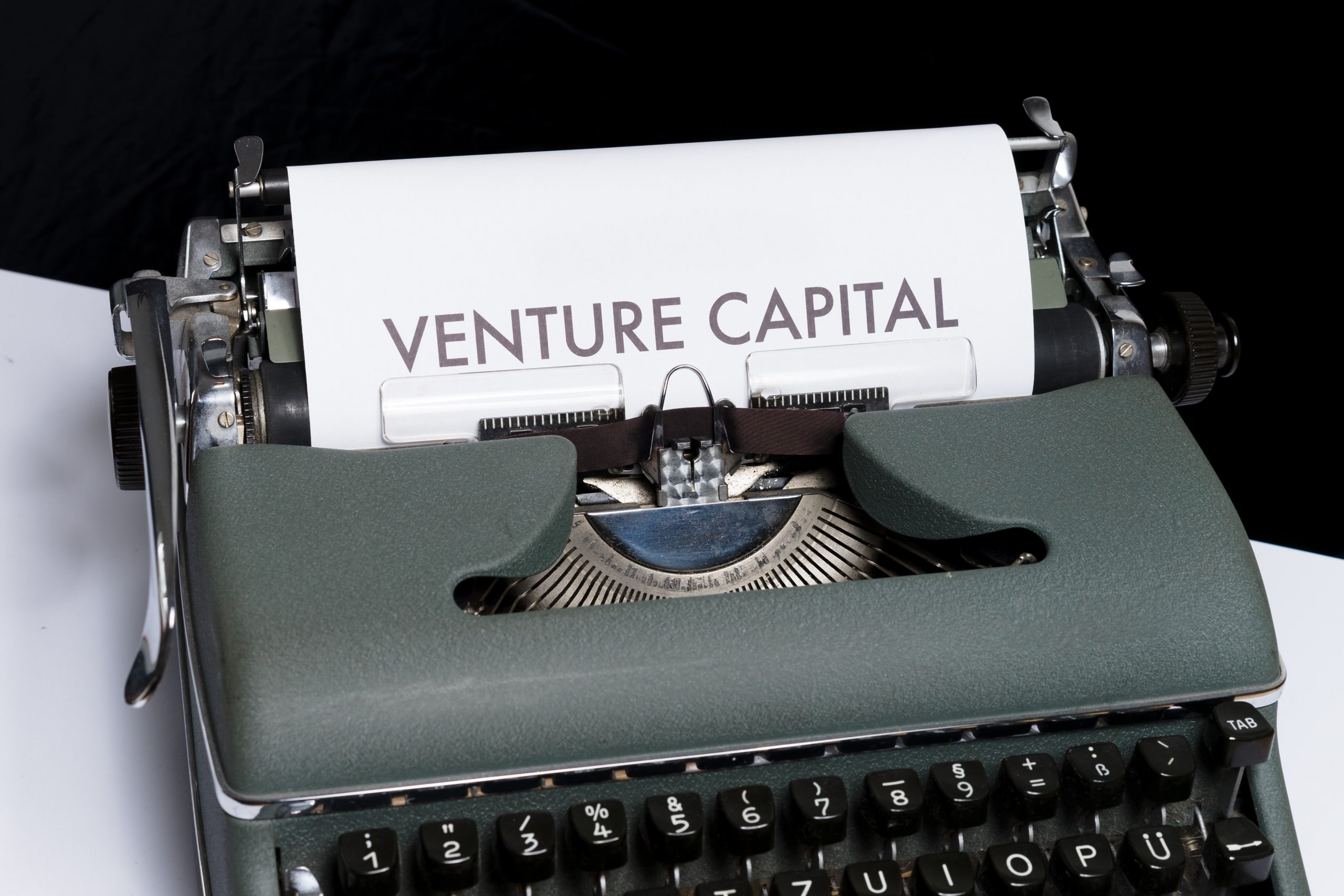Get the full series showing you how to raise from the top climate VCs in this industry. Subscribing also adds you to our weekly newsletter.
Venture capital (VC) offers expensive capital for high-risk, high-reward investments to help innovative ideas go to market. However, VC investments in climate seem to be inherently riskier than traditional VC investments. This is because many of these startups have a high capital intensity for novel technologies with no historic precedent that can take several years to develop and exit. Climate investors today are more commonly financing businesses that are similar to traditional software/technology investments, or startups with notable investors on board.
However, even though risk profiles for climate technologies are higher, investors can’t charge as much for their capital. This means that return profiles might change with higher valuations/terms and lower returns. This is especially true in the case of hardware investing; however, the times are changing as more efficient, cheaper technologies are coming live with more investors recognizing the imperativeness of the problem at hand in climate change, finding new risk appetites and ways to financially and resourcefully support new startups.
Background
Sam Lessin’s post in The Information, “The End of Venture Capital as We Know It,” provides some context:
In the last several years, as software investing has gone from fringe to mainstream, enormous flows of global capital have been unlocked to finance software and the internet at increasingly competitive rates. What this means for investors who focus on Series A investment rounds and beyond is that the market should become more and more efficient while investing becomes less and less profitable. Greater predictability of and investor confidence in these early-stage investments will mean skyrocketing valuations as demand from investors grows. Every investor will see all the same deals and will have the same tools to evaluate their potential.
Though Lessin’s piece is focused on investing in software, I see the same kind of trends happening in the climate sector. Specifically, paying attention to how hot climate investments are today.
The Trend
There are many investors entering the climate space. Roughly 1,000 investment firms joined at least 1 climate tech deal from Q2’20 to Q2’21. The volume of investors in the climate market is going to lead to more investments happening earlier in a startup’s life.
Many first-time fund managers are entering the market, which means that smaller funds are investing in early-stage startups. This is going to start leading to later-stage funds starting to get into early-stage deals to secure investment in future rounds.
What does this mean for investors?
Investors will need to compete to give startups the cheapest capital (valuation and terms). Lessin mentions that “[funds] need to be as big as possible so that cash-on-cash returns are very high even if margins compress…if margins go down [investors] need to invest as much money as they possibly can in every deal. They need to make up for lower margins with higher volume.”
To support this transition, investors will need a new way to assess risk. Climate hardware startups don’t have the same metrics traditional software startups have, but there are other factors investors can reference (technology readiness level, customer traction, sales pipeline, etc).
Investors will also need to think about differentiation, specifically around portfolio company support. This can include team expertise, access to networks, and access to potential customers.
What does this mean for startups?
Startups stand to benefit from the changes in the investment landscape, as eventually, investors will compete to offer startups cheaper and cheaper money.
However, to compete for this capital, startups should focus on their technology risk and business model risk.
Technology risk entails science risk and engineering risk. Startups should focus on de-risking the science today, as well as thinking about risks when commercializing. With commercialization comes engineering risk – how can the startup scale their process to make sure the science works at scale?
Business model risk can be solved by achieving product-market-fit and validating the market. Finding key partners or first customers can make all the difference. Besides that, locking in letters of intent (LOI) or Memorandums of Understanding (MOU) can also de-risk the business, especially if this shows that an organization will become a customer when the startup hits a certain milestone. Anything the startup can do to build out the sales pipeline can only benefit them.
Outlook
Investors are waking up to the idea that the future of business is in climate, and no industry is excused from this crisis. That means capital will continue to flow into solutions that not only disrupt industries but all provide a positive climate and human benefit as well. Through this, we will continue to see new funds emerge in the next decade specifically geared towards investing in climate solutions, and more traditional funds and corporate venture arms evolving their investment theses and sector focus to include climate and ESG.
These funds will also begin to look different as well, ranging from traditional, large general funds to sector/issue-specific microfunds, where the partners are industry veterans looking to change the status quo. Corporate venture funds (CVCs) will also play a strategic role in testing and incorporating new technologies into the commercial environment. With deep pockets and a lot to gain from the emerging technology market, these entities will serve as tipping points for many novel products, materials, and processes as startups begin to scale.
Lastly, the world of ClimateTech investing is one that is mission-driven, where investors are looking to achieve a double bottom line of high returns with high impact. Public opinion and market trends will continue to shape the next generation of investment. As the climate crisis continues to hasten, investors will be taking bigger risks.
About The Author

Daniel currently works at Lawrence Livermore National Laboratory. His original assignment was to maintain and update facility safety documentation for all facilities on-site, and perform risk analysis. Over time, his role has expanded to leading continuous improvement efforts through product management.
Concurrently, Daniel volunteers with Techstars, helping organize startup weekends, and with the American Institute of Chemical Engineers, organizing events on the local and national levels of the organization. He also volunteers with One World, and previously with Powerhouse Ventures, to source and screen startups for potential investment.
Daniel holds a BS in Chemical Engineering from UC Davis, and recently completed coursework in energy innovation from Stanford. His passion is at the intersection of sustainability, innovation, and business.

